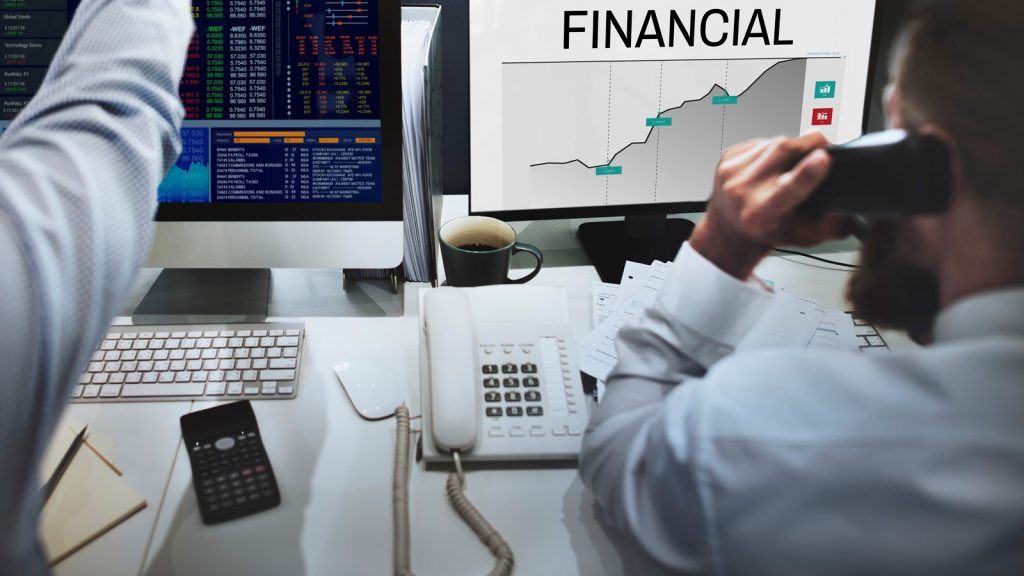Recently we talked about how companies suffer due to the proliferation of counterfeit goods. Today we’ll be going more into how much of an effect that these can have on industries and customers alike.
Let’s start with the numbers. According to a 2016 study by the Organization for Economic Cooperation and Development, the counterfeit trade worldwide amounts to $461 billion. This is larger than the GDP of many developed nations, and it’s only been growing in recent years. Companies all over the world have been suffering due to counterfeit goods infiltrating the markets, and the production and distribution operations are becoming more and more sophisticated by the day.
As you now know, it’s not just knockoff designer handbags and fake toys. Virtually every market in the world has been affected by the presence of counterfeit versions of real products, and this becomes deadly when the products in question are medication, food, hygiene products, or tools for everyday life, such as electronics being sold to military and medical organizations.
When people and companies are buying counterfeit goods, this can impact many different areas at once. For example, in 2016, Target stopped dealing with Welspun India Ltd., a textile manufacturer, because the cotton that was being sold by Welspun India was of an inferior quality than what it was being labeled as.
In the wake of this, many other companies stopped dealing with Welspun India, such as Bed Bath & Beyond, Macy’s, JCPenney, and Walmart. This, in turn, led to product recalls and diminished sales of these products, costing the companies millions of dollars in sales. Ironically, many of the customers who were disillusioned by the stores admitting to selling fake goods may have begun buying them on the internet instead, where regulations are much more relaxed and quality is less able to be determined.
There are many similar examples, where a company unknowingly (and sometimes knowingly) sells counterfeit goods due to a crooked or shady distributor. When sales drop because of this, so do stock prices, which hurts the companies further. People can and have lost their jobs due to this practice. Inspectors, customer service, and other lower-level positions are the ones most likely to be affected first. Investors will also feel the burn, however, when stock prices dip so low that they cannot recuperate their losses. This will, unfortunately, give them less faith in the companies they were funding, and investments may drop across the board.
As abstract as it may seem, the immense presence of counterfeit goods can and does hurt entire countries. When these items are being sold to stores in large numbers, at some point in the supply chain the proper taxes aren’t being paid. And thanks to the huge counterfeit industry, this isn’t just a drop in the bucket. Most of these companies are operating under the radar, or at least slightly illegally, so whatever government they operate under is going to start feeling the sting once those thousands of cuts set in.
People buying counterfeit goods at normal prices can also be seen as a form of inflation. While we normally think of inflation as being the price of goods going up, it also means paying the same price for lower quality goods (inflating the cost of what those products are actually worth). Normally, this would be something along the lines of getting the non-organic GMO butter for the same price as the fancy stuff, but it could also mean thinking you’re buying the fancy butter at fancy butter prices and getting the very thing you were trying to stay away from in the first place.
There is a silver lining to all of this. With the counterfeit market becoming more of a problem each day, there are agencies and companies working on solutions to this crisis. IDLogiq is one such company, developing blockchain-powered systems to monitor supply chains and ensure that only real components and goods enter the market and that you are truly getting what you pay for.


